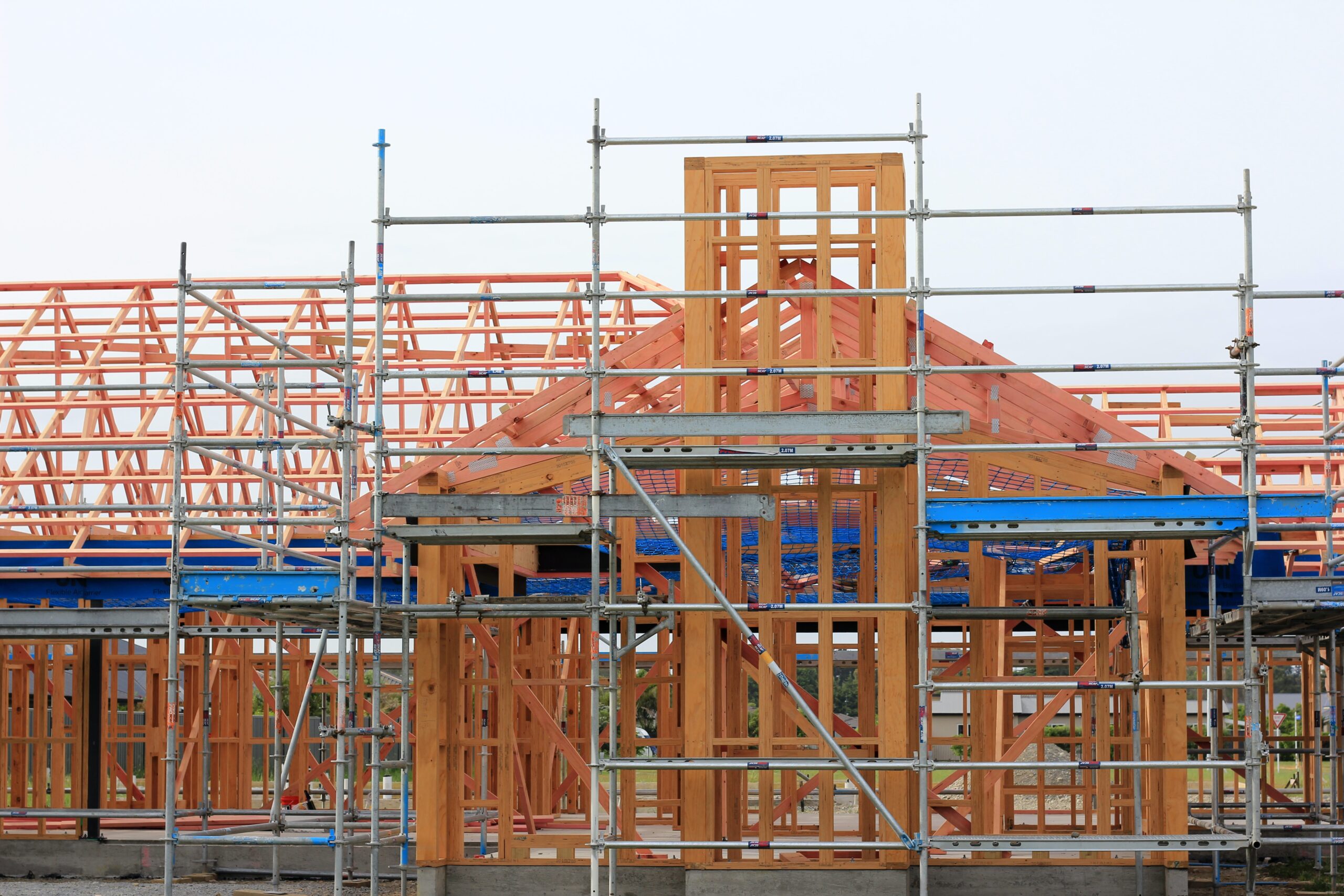Making the planet a better place to live requires participation in every industry. Construction companies and industry leaders can jump into the eco-friendly movement by evaluating the planetary impact of their suppliers. These are a few ethical sourcing practices companies can begin today to shrink the construction industry’s carbon footprint one site at a time.
Why Sustainable Sourcing Matters in Construction
Everyone relies on construction teams. They make residential and commercial structures that help society operate, but the sites don’t always meet the planet’s needs. Industry leaders have a social responsibility to help their clients build their desired plans and enjoy those spaces in a habitable world.
Construction companies also need to take responsibility for the environmental effects caused by their practices. Deforestation caused by the sector’s need for raw wood destroys 10 million hectares of land annually, driving animals from their habitats and removing trees that would otherwise absorb airborne carbon dioxide (CO2).
Much of the construction industry’s machinery also relies on fossil fuels. Using outdated equipment that runs on gas creates excess carbon dioxide that further warm the climate. Experts estimate construction workers can eliminate 90% of the industry’s CO2 emissions by refining how they source materials, manufacture goods, ship materials and construct buildings.
Additionally, industry leaders should note the rising consumer demand for sustainable construction practices. When deciding to purchase services from a construction company, 66% of U.S. consumers evaluate if that business is sustainable as a leading purchase criterion.
Businesses stand to expand their consumer pool and give back to the environment by modifying their practices. Sourcing is an excellent place to start due to the numerous ways to make the process eco-friendly.
Ethical Sourcing Practices for Construction Companies
Construction leaders and business owners can implement these ethical sourcing and responsible supply chain practices to make their operations more environmentally friendly. Gradually starting each idea over a scheduled timeframe will make the transition easier.
1. Review Each Supplier’s Environmental Commitments
A company can promise sustainable practices, but its suppliers may provide materials that hurt the environment before arriving at its warehouse. Construction leaders must review their contracts with suppliers to ensure this doesn’t happen.
Research each organization’s environmental commitments and note if there aren’t any. When the contract expires, switching to an eco-friendly supplier will ensure each future project helps the planet before the materials ever arrive.
2. Learn About Certification Programs
Anyone can make sustainability promises on paper or their website and operate in ways that hurt the planet. Certifications ensure construction companies are partnering with eco-friendly suppliers.
Environmental building product certifications aren’t just images on a website or marketing materials. They’re a guarantee the enterprise passed testing or inspections to ensure their practices support the Earth. Factors like resource efficiency, manufacturing location and product design are just a few details the certification groups consider during eco-friendly evaluations. If a construction management team partners with suppliers with at least one of these certifications, it’s much easier to trust the materials will support the updated sustainable practices.
3. Find Supplies Locally
Ordering materials from another city, state or country requires shipping. The global shipping industry emitted 700 million metric tons of CO2 in 2021 and doesn’t show signs of slowing down. Participating in those emissions makes any construction company less environmentally friendly.
Ethical sourcing is much easier when supplies are closer to a construction site or the business’s warehouse. The materials travel a shorter distance, ultimately burning less gas.
Suppliers within driving distance may also provide pickup order options. Construction crews can use company-owned electric vehicles to bring the materials back, eliminating their CO2 emissions by using trucks that run on 100% electricity. It may change the crew’s routine when preparing for a new build, but picking up materials would give the organization greater control over its environmental impact.
4. Recycle or Donate Unused Supplied
Many eco-friendly suppliers offer features that create an impact beyond sustainability, like recycling materials. Switching suppliers could open an avenue to recycle unused site materials instead of leaving them to pollute the environment in a landfill.
Donation centers are another option for responsible supply chain practices. Construction teams could donate unused materials and potentially view what’s available for purchase at the donation center.
Businesses often donate new materials like roofing shingles. Purchasing new roofing supplies at a discount could prevent a company from spending an average of $8,600 in installation costs without sacrificing material quality. Other options like floor tiles, countertops and cabinetry would help the enterprise upcycle to support the environment and save money.
5. Commit to Eco-Friendly Materials
Clients can also get involved with their construction projects to make them more eco-friendly. Initial conversations about the project’s timeline and materials could include quick chats about alternative sustainable materials. Although it may change their budget or timeline expectations, the clients may appreciate the choice if their priority is also sustainability.
Implement Responsible Supply Chain Practices
Sustainable building is the future for construction companies. Consumers want it and the Earth needs it, so ethical sourcing and responsible supply chain practices are crucial in today’s industry. Considering and implementing these options will make any business more eco-friendly in long-term, manageable ways.











